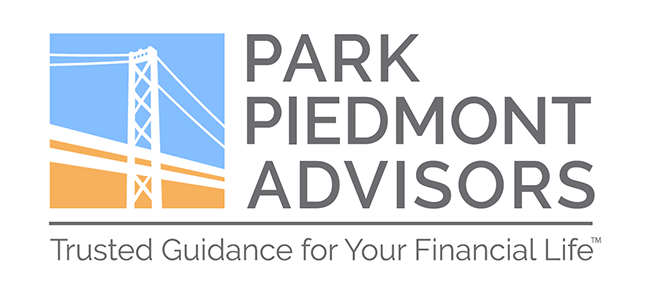As the financial markets respond to the new health and economic uncertainties stemming from the spread of the coronavirus, most of the attention has been focused on the dramatic fluctuations of the US stock market. After the last week in February, the S&P 500 had declined 11.5%, from 3,338 to 2,954. In the first week in March, surprisingly, the index rose 6/10 of 1%, from 2,954 to 2,972. During this period, Park Piedmont wrote two Special Comments (February 25th and 27th) and our regular end of month Comments, discussing: (1) past declines during recent virus outbreaks; (2) the number of corrections and bear markets since 1945; (3) the difficulties of market timing; and (4) the notion that your allocation away from stocks reduces the negative impact of the reported stock declines, all in the context of the basic advice to think like a long term investor and maintain your allocations to both stocks and bonds.
Since bonds are the major asset class used to diversify away from stocks, we thought it timely and important to discuss current bond prices and overall returns. First, a quick review: A bond is essentially a loan made by investors to the bond issuers, which can be a governmental entity or business. Bond returns are a combination of price changes and interest received by the investor, based on the relationship among three factors: interest payments, maturity, and credit quality. When yields/interest rates fall, prices of existing bonds rise, because the higher rates being paid on existing bonds are worth more when new bonds are being issued at lower rates.
As an example, an existing bond with a 1.5% interest payment will be worth more before its maturity than a newly-issued bond with a 0.7% interest rate and a similar maturity and credit rating. That higher value is expressed as a rising price for the existing bond, because the actual interest payment does not change. The extent of the price increase is often a function of the bond’s maturity; the longer the bond remains outstanding and pays more interest than the new bonds, the larger the price increase. A change in credit quality – meaning the likelihood of the bonds paying interest and repaying the principal – can be a major factor, too. Hence, the existence of a separate asset class of high-yield bonds; these involve more concern for the financial capabilities of the bond issuer, so the issuer must pay more interest to compensate the investor for the additional risk.
Currently, ten-year US Treasury yields, established by the daily buying and selling of investors and traders in the bond market, have declined from 1.92% at year-end 2019 to a historic low of 0.77% on March 6th, even as the Federal Reserve has cut the short-term rates it controls by one half of one percent (50 basis points, or “bps”). As interest rates decline and bond prices rise, the good news of higher prices is offset, in part, by the decline in interest investors will receive as their current bonds mature and are replaced by bonds paying less interest (this is true of owning individual bonds, or bond funds that invest in many individual bonds). Keeping maturities short reduces the extent of the price changes, both up and down (prices will decline when rates start to rise again, but that might not happen for a while). The tradeoff is that shorter maturity bonds earn less interest. The recent “inverted yield curve”, when longer bonds yielded less than short, has since given way to all maturities with low rates.
As usual, our advice regarding bonds is to maintain the allocation of short and intermediate maturities, with some high-yield mixed in, all providing an allocation away from the stock market.
